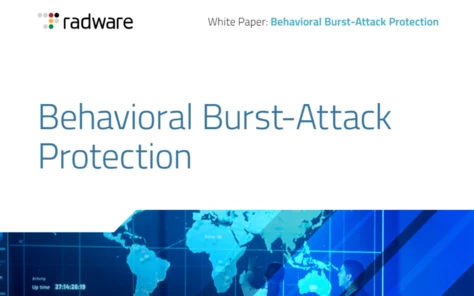Meta’s AI Splurge Causes Overnight Share Slump
Interview: New report reveals enterprise buying habits of 250 IT decision makers

CCgroup, a B2B technology PR consultancy, commissioned Sapio Research to conduct a study on the enterprise buying habits of 250 senior employees from UK businesses, all of whom had been materially involved in major technology investments with an average deal value of £330,808 in the last 12 months.
Enterprise Management 360 (EM360) interviewed Katie de Cozar, Head of Enterprise Technology CCgroup, on what inspired the report and how the research can be used to target potential clients.
What inspired you to conduct this research?
The enterprise technology buying process used to be simple. An individual ‘IT decision maker' within a business would review his or her options and make the decision to purchase, with sign off at a senior operations or procurement level. However, the world has changed drastically over the years – and we're now dealing with a very different landscape. The modern process is much more complex. Technology touches literally every part of the modern enterprise, which means the number of stakeholders has increased drastically.
What's more, the volume of channels available, to review brands and the various
offerings, has exploded. We wanted to gain insight and intelligence into the new world of IT decision making – and identify exactly who is involved – and how – when it comes to purchasing enterprise technology.
How did you seek out your interviewees?
We worked with Sapio Research to conduct the survey. Responses came from 250 senior employees from UK businesses – all of whom had been involved in major technology investments in the last 12 months. The company size of respondents spanned from 251 –1,000+ seats.
What did the research reveal?
It backed up our thinking around complexity – showing that modern IT decision making processes are large. In fact, for mid-tier around eight people are involved in the process, while it reaches 20 in the enterprise. It also showed that the research and shortlisting process is typically led by the IT Managers (not CIOs) and the heads of business for the department for whom the investment is being made. Other C-suite sponsors and procurement are materially involved, but not to a great extent, while CIOs and CEOs are almost invisible till the final selection stages. In fact, 30% of IT purchases are made without any involvement from CEOs whatsoever.
What does your research mean in practice?
The results show that vendors who are targeting enterprises with technology need to be smart in gaining the attention of the various IT decision makers. It is no longer enough to pair a simple advertising strategy with a traditional media relations approach. The channels are wide and varied – ‘influencers' have moved beyond the realms of IT trade journalists – bloggers and social handles have become the go-to information sources for many. Industry analysts play a huge role – in fact, they are now positioned as the second most important influencer of enterprise technology supplier selection (having jumped from sixth place in 2013).
How can suppliers use your research to better target potential clients?
IT decision-makers typically use a minimum of three different types of content when identifying vendors, but too many marketers fail to provide the breadth of content their audience expect. In fact, only a quarter of buyers found all the content they needed.
Using customers are an incredibly important way of telling a positive story. Case studies ranked highly when we asked which types of content were used in helping research a vendor's suitability (written came top, videos second).
Interestingly, vendors' written whitepapers and ebooks placed third. A staggering 91% of the audience expect vendors' presence in the media to be earned, not paid for. Furthermore, 80% place a high value on suppliers achieving a ‘thought- leadership' status. This is a challenge in today's native advertising environment (paid content in publications that resembles editorial features) – because tech buyers regard earned content as much more influential in their buying journeys. And they've clearly sussed out when it's earned – and when it's paid for.
So, if buyers want their suppliers to be thought-leaders, but still rely on whitepapers – what does this teach us about what makes a good whitepaper?
The unsophisticated overuse of whitepapers has led to their reputation being damaged in recent years. Marketers wishing to tick the content marketing box have been publishing steady streams of this type of content, but more often than not, they play out as product brochures. This is because they're being created without marketers asking a really important question. Am I providing something valuable? Is it new? Does it provide genuine insight? Our research shows that this type of content is absolutely valuable, but it has to provide something new. By getting this right, you'll be giving your audience the tools they need to help them not only do their job but do it better.
To read the full report click here.























